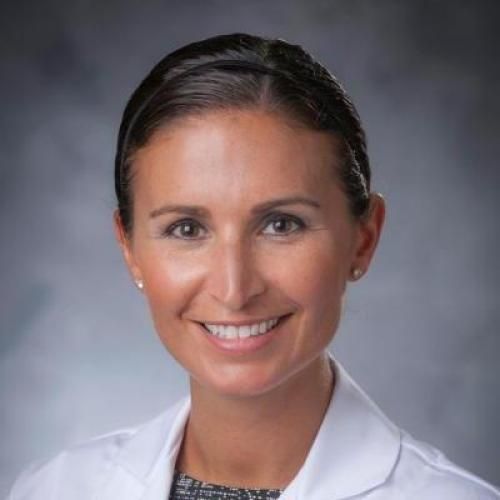Burn Injury Alters Epidermal Cholinergic Mediators and Increases HMGB1 and Caspase 3 in Autologous Donor Skin and Burn Margin.
Burn wound healing complications, such as graft failure or infection, are a major source of morbidity and mortality in burn patients. The mechanisms by which local burn injury alters epidermal barrier function in autologous donor skin and surrounding burn margin are largely undefined. We hypothesized that defects in the epidermal cholinergic system may impair epidermal barrier function and innate immune responses. The objective was to identify alterations in the epidermal cholinergic pathway, and their downstream targets, associated with inflammation and cell death. We established that protein levels, but not gene expression, of the α7 nicotinic acetylcholine receptor (CHRNA7) were significantly reduced in both donor and burn margin skin. Furthermore, the gene and protein levels of an endogenous allosteric modulator of CHRNA7, secreted mammalian Ly-6/ urokinase-type plasminogen activator receptor-related protein-1, and acetylcholine were significantly elevated in donor and burn margin skin. As downstream proteins of inflammatory and cell death targets of nAChR activation, we found significant elevations in epidermal High Mobility Group Box Protein 1 and caspase 3 in donor and burn margin skin. Lastly, we employed a novel in vitro keratinocyte burn model to establish that burn injury influences the gene expression of these cholinergic mediators and their downstream targets. These results indicate that defects in cholinergic mediators and inflammatory/apoptotic molecules in donor and burn margin skin may directly contribute to graft failure or infection in burn patients.
Duke Scholars
Altmetric Attention Stats
Dimensions Citation Stats
Published In
DOI
EISSN
Publication Date
Volume
Issue
Start / End Page
Location
Related Subject Headings
- alpha7 Nicotinic Acetylcholine Receptor
- Young Adult
- Wound Healing
- Urokinase-Type Plasminogen Activator
- Skin
- Polymerase Chain Reaction
- Middle Aged
- Male
- Keratinocytes
- Immunohistochemistry
Citation
Published In
DOI
EISSN
Publication Date
Volume
Issue
Start / End Page
Location
Related Subject Headings
- alpha7 Nicotinic Acetylcholine Receptor
- Young Adult
- Wound Healing
- Urokinase-Type Plasminogen Activator
- Skin
- Polymerase Chain Reaction
- Middle Aged
- Male
- Keratinocytes
- Immunohistochemistry

